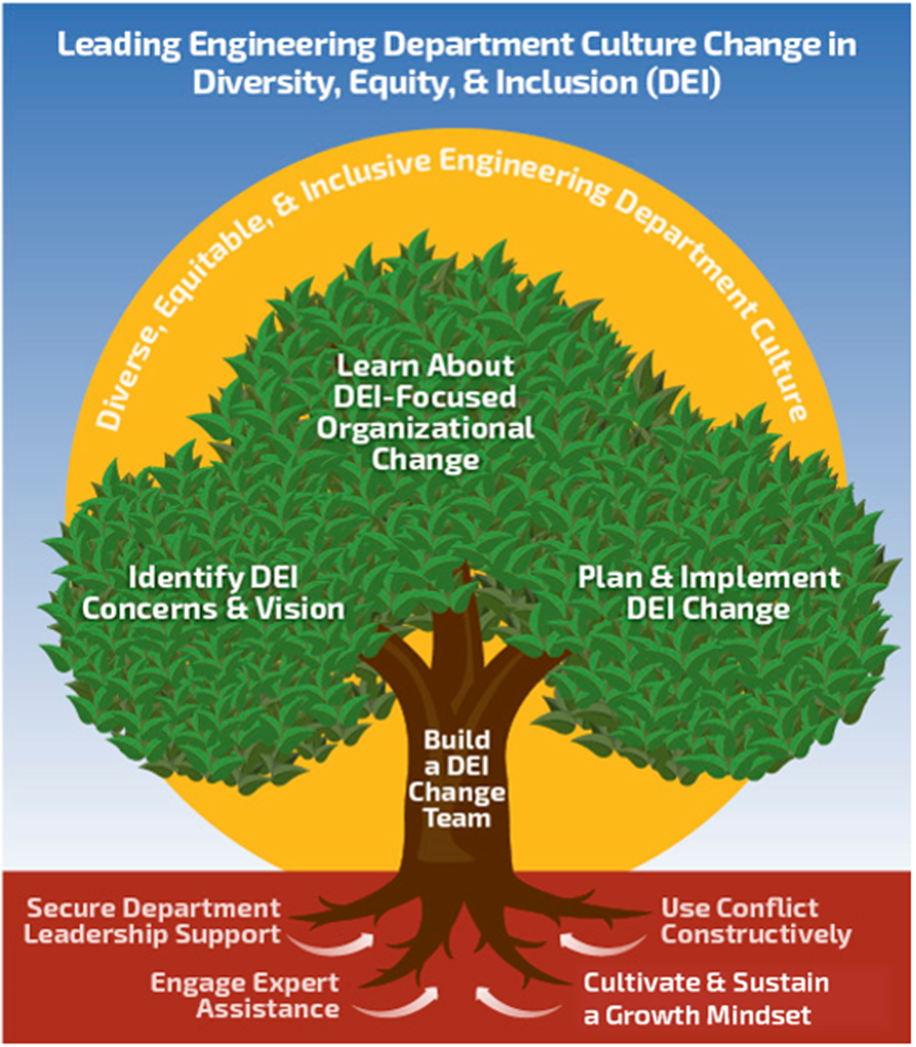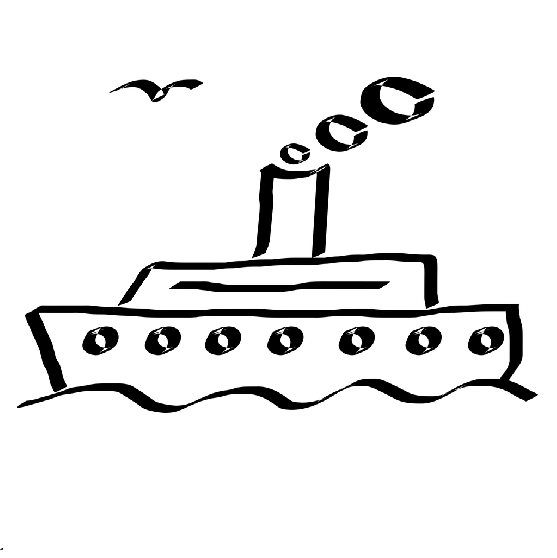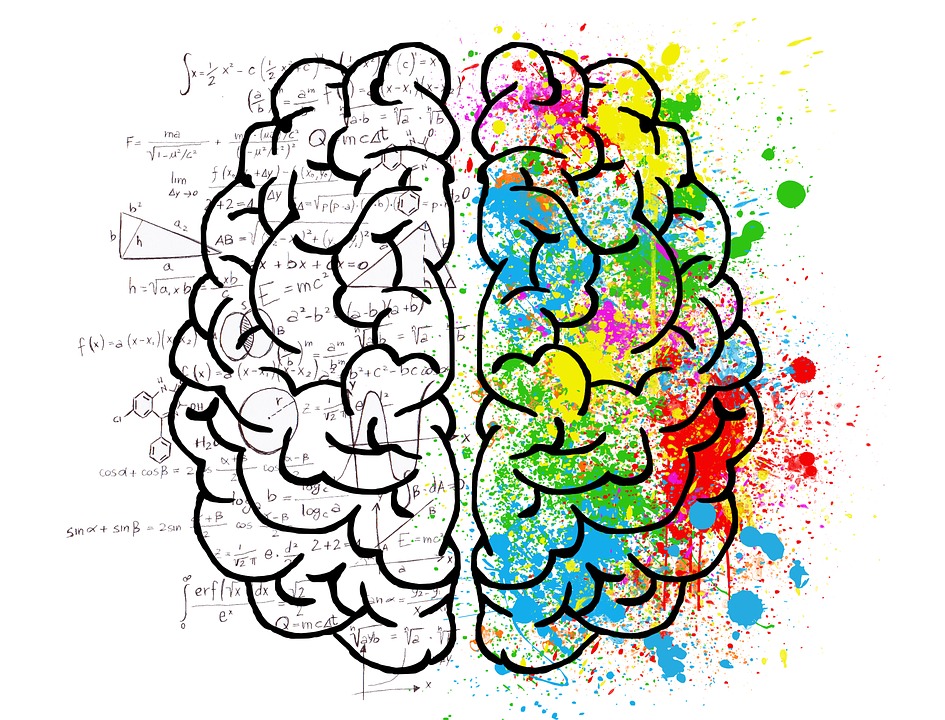Impact vs. intent: Yes, I’m talking about that much-dreaded moment when someone tells you that something you’ve just said or done hurts or has a negative impact in some way. Perhaps it came across as racist or sexist (or both), or demeaning in some other way. And you (and by “you” I mean all of us humans, but in these times particularly those of us who are white) respond, “But I didn’t mean it that way!”
At this point, many of us know the difference between intent and impact, and are aware that in some sense intentions don’t really matter. In particular, your neutral or even good intent doesn’t make up for a hurtful impact.

The relationship between my intent and impact matters to me
But I want to talk about the relationship between intent and impact inside us. Intent may make no difference to those outside us; the impact is the same regardless of intent. But it makes a big difference inside us: it is our motivation to continue learning.
Suppose, for example, I’m playing baseball or softball. I’m at the plate. The pitch comes. I swing mightily, and miss. The fact that I MEANT to hit a homer will not change the score. If I as quarterback throw an interception, the refs won’t say, oh, you meant to throw a touchdown pass? Well, interception forgiven and 6 points to your team! If I’m intending to drive a nail into a board but hit my thumb instead, my thumb will hurt as much as if I meant to hit it. And the nail will be just as undriven. If I write a piece of code to do a calculation, the computer running the code will not care diddly about my intent (really – they don’t); it only cares about the actual code.
In all those circumstances, do I protest about my intent? No! Well, maybe a little. But I know that the task before me is to practice and improve.
Here’s my point: it takes skill and practice to align actual impact with intent. We use the discrepancy between intent and impact ALL THE TIME to tell us where our skills need refinement. If someone tells you that something you said or did was hurtful, and that was not what you meant to happen, don’t use that as an excuse. Instead, take it as a cue that your skills need improvement. There’s no need, then, to visit all your explanations on the other person (though those explanations may be useful to you as you seek to understand where your assumptions led you awry). Instead, listen to what the person is saying, and do what is needed to repair the communication. Then take that information and use it to refine your skills.
This technique is certainly useful in interactions with strangers and acquaintances. And, it is also useful in interactions with those close to us: spouses, partners, siblings, parents, children, extended family, friends, neighbors, etc.
Additional perspectives and resources
A couple from Jay Smooth:
- How I learned to stop worrying and love discussing race
“move away from the tonsils paradigm of race discourse towards the dental hygiene paradigm” – that is, see being a good person as a practice - How to tell someone they sound racist
Intent vs. Impact: Why Your Intentions Don’t Really Matter
‘OMG I Didn’t Mean It Like That!’: Intent vs. Impact, Which Matters?
Start with Heart – Ok, but which one? (related to discerning true intent)



